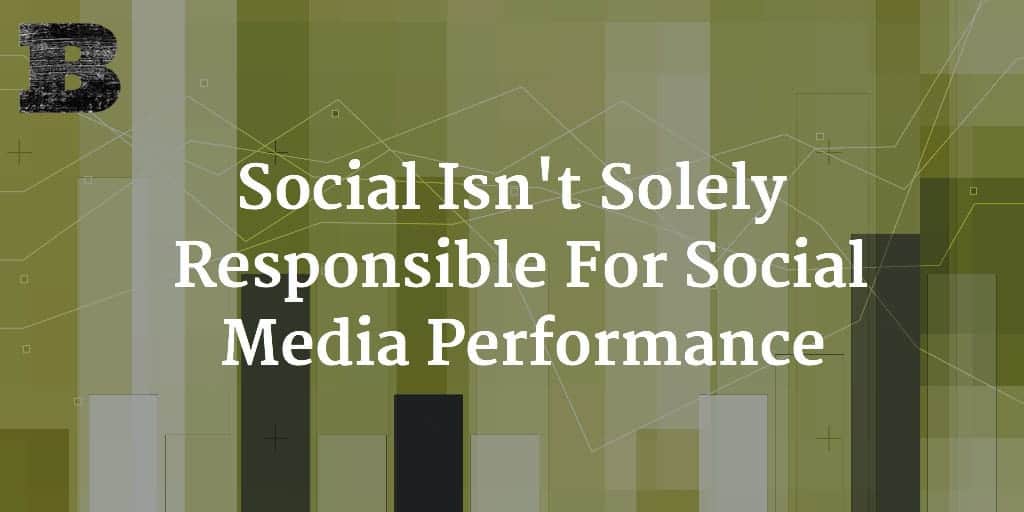When most look at social media performance, they measure success by a combination of factors. These include stuff like engagements, CTR, impressions, and more. While these metrics tell us how the social posts themselves performed, many fail to factor in the one item that should have the greatest impact on the performance of a post. The content it links to.
Content Is Critical
When it comes to the success of your social posting, the content you link to is critical for success.
Think about it. If you are compelled to click a link in a tweet but find the content it links to sucks, why would you retweet it to your following? If your attention is grabbed by a Facebook post but the previewed looks boring, why would you click on it? Yet we generally measure social success in the vacuum of just social itself. The only factors we consider are within the message.
Our standard form of reporting assumes that people simply read a social message and then engage based purely on the just the message. Link clicks are measured but nothing past that click is taken into account. We don’t look at how the link click, which leads to great content, then results back in a retweet. Instead we seemingly assume that a retweet or favorite are actions unattached to the content itself. Though many people will ‘Like’, favorite, or retweet an article without ever clicking the actual link (I think we’ve all been guilty of this at some point), those aren’t ideal social interactions for us. While it’s nice to get that social engagement, which helps to spread our message, all the reach in the world doesn’t mean a thing if no one seeing it actually clicks through to your content and the content isn’t having the desired effect on the viewer.
How Should We Be Measuring Success
While there are many ways we can increase the success of our social posts, such as using social schema, what we really need to do is take all elements into account when reporting.
Where we currently are measuring our social media performance with engagements, CTR, impressions, and other social metrics, we need to begin also including on-page analytics. This means looking at how people behaved when they got to page linked from a social message and then tying it back to the performance of the social messaging. See if you can spot things that link on-page to jumps in social metrics. Does a higher on-page time generally translate to higher retweets? Or does a certain action on the landing page often equate to increased social response?
Social Is More Than Just Social
Social performance is directly impacted by the content we link to. So why don’t we measure it along with that content too? It’s time to think about social less as a stand-alone marketing function and instead a piece of the marketing mix that works with countless other marketing methods.
Since social is more than just a single marketing execution, we need to report more than just the performance of social alone. Think about how you can pull link performance into your social reporting and how you can connect the performance of your linked content back to the social message results. Start seeing the bigger picture and you’ll be better informed to make the decisions that best benefit your digital marketing programs.

